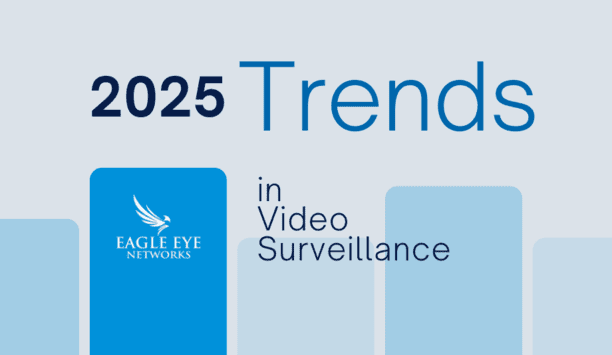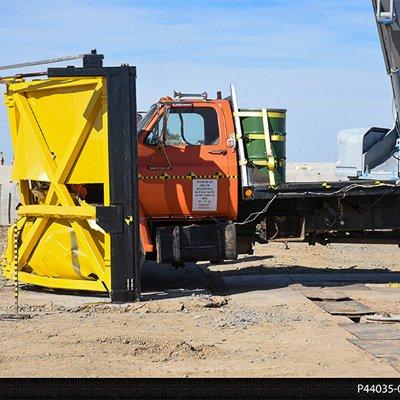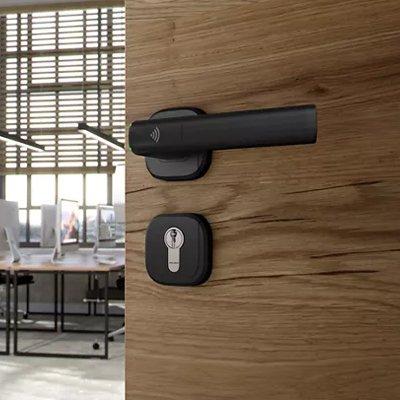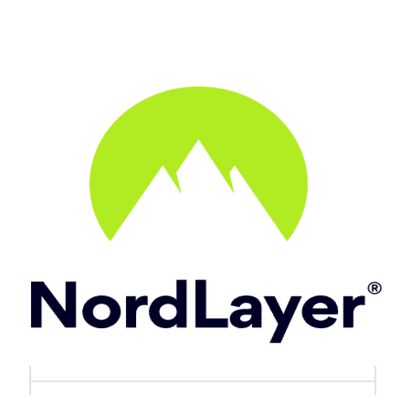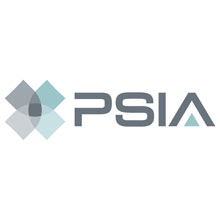 |
| The PSIA has released seven systems specifications built with broad industry support |
Leading access control, intrusion detection, managed service providers, physical security information management (PSIM), video, and video storage vendors demonstrated the "plug and play" interoperability of their Physical Security Interoperability Alliance (PSIA)-compliant systems today during a series of demonstrations at ASIS 2012.
The demonstrations showcased the utility of PSIA's newest specification, Area Control version 1.0. This specification provides a common and comprehensive way to harmonise and share data among access control, intrusion and other systems. In turn, that interoperability provides users with optimised security management, enabling them to easily deploy integrated policies, UI consoles, reports and dashboards, and incident management.
"Enabling systems that have traditionally been proprietary and disparate, and allowing them to integrate and share security data across platforms is a significant breakthrough and benefit in the development of the PSIA standards," said Ryan Taylor, CEO, TRUSYS, Inc., an international security consultancy. "Organisations that invest in integrated electronic security solutions can now interconnect any PSIA-compliant software or product. The results are greater flexibility integrating different technologies across their enterprise, less dependence on a specific manufacturer, and more sourcing options, which drives greater price competition in the market."
Use cases for PSIA specifications demonstrated included:
- Automatic discovery of equipment and systems
- Plug 'n' play integration between PSIM and different access control systems, intrusion detection devices and sensors, cameras and video storage and retrieval systems.
- Hosted services provider system interacting with access control panels for real-time access decisions
- Web-based access control system interacting simultaneously with two PSIM systems
- Wireless intrusion detection sensors triggering situation management events in a PSIM system, including video camera control and image retrieval
- Security systems, including controllers and access control, interoperating with an IP-based software framework to integrate enterprise and building automation systems.
Companies participating in the demonstrations included:
Industry leading companies, including ASSA ABLOY, Honeywell, Inovonics, Lenel, Mercury Security, NICE, Stanley Security (Sonitrol), UTC, and VidSys, all collaborated on creating the Area Control specification through PSIA's working groups. Commercial products and services compliant with various PSIA specifications to be available this year include offerings from Honeywell, Inovonics, Kastle Systems, Lenel, Proximex and UTC.
PSIA now has released seven systems specifications built with broad industry support. Taken together, these specifications enable interoperability among systems across the security ecosystem and beyond, including access control, analytics, surveillance, PSIM, intrusion detection, video storage and retrieval and building automation and enterprise systems.
Interoperability with additional enterprise systems and devices, such as building automation controls, tablet PCs and IT systems is more easily achieved with PSIA-compliant systems because they embrace clear and common definitions about security data and events and how to share that data.
"With leading companies exhibiting a range of PSIA-compliant systems and products at ASIS, PSIA specifications rapidly are becoming the standards for exchanging data and intelligence across the security ecosystem" |
"With leading companies exhibiting a range of PSIA-compliant systems and products at ASIS, PSIA specifications rapidly are becoming the standards for exchanging data and intelligence across the security ecosystem," said David Bunzel, executive director, PSIA.
The Physical Security Interoperability Alliance (PSIA), incorporated in March 2009, is the world's leading standards body addressing the need for interoperable systems and intelligence/data sharing in the security ecosystem and beyond. The international group has developed seven specifications to date that enable PSIA-compliant systems and products to interoperate on a plug-and-play basis to share information and intelligence. Such interoperability enhances the power of security systems, reduces product development time and lowers end users' total cost of ownership. PSIA members include leading manufacturers, consultants, integrators and end users committed to the adoption of IP-based standards through a truly democratic standards-setting process.










